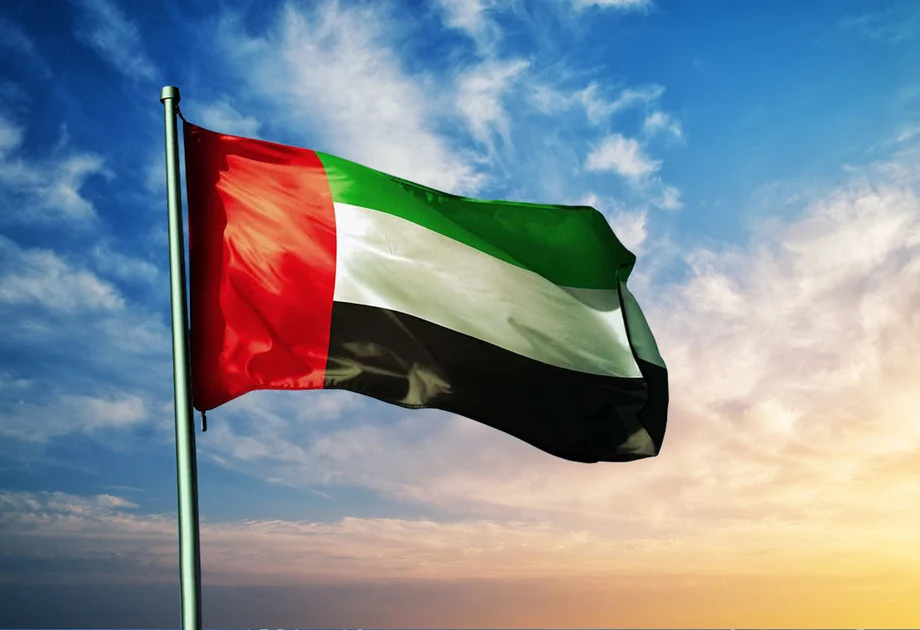The UAE witnessed the highest amount of rain, breaking its 27-year record, according to the National Centre of Meteorology (NCM). The NCM has also reported that it is the wettest July in the UAE since 1978.
Fujairah port station recorded 255.2mm of water, which is the highest rainfall recorded in the month of July after two days of continual rain.
The second highest was Masafi — 209.7mm — with the third highest recorded in Fujairah Airport with 187.9mm of rain.
What is causing the summer deluge?
As a result of low pressure systems drifting across from India, which is now experiencing annual monsoon season, the weather is unsettled. It is also present in the region of Pakistan and Iran.
Dr Ahmed Habib from the National Centre of Meteorology (NCM) said, “We have low pressure coming from India with upper and surface air depression also extending from parts of Pakistan and Iran. The UAE experienced the low-pressure effect on July 25 and 26 especially in the Eastern part of the country”.
“Low pressure was again experienced in the UAE on July 27 and the air was filled with heavy moisture that was coming from the sea of Oman. In the mountains, in the Eastern part of the UAE, the sky has been interspersed with convective rainy clouds. These clouds are hovering especially in the Eastern part of the UAE in Fujairah and Ras-al-Khaimah. Therefore, areas in the east as well as in the north are experiencing the presence of these clouds.”
He added, “There are two factors (double effect) now…the local effect as well as the low pressure. This is leading to heavy continuous rains. We recorded high rainfall, especially in Fujairah. All the areas have recorded heavy rains this year, but it is especially Fujairah that has seen a lot of rain… 255.2mm of rain was recorded in Fujairah port station. This is the highest amount of rainfall in 27 years.”
UAE floods: NCM issued warnings
The NCM reportedly issued 20 weather warnings and 70 social media alerts like Twitter, Instagram, and Facebook as the situation unfolded.
The authority also called on UAE residents to remain vigilant and stay away from valleys, dams and mountains that continue to display heavy flow of water.
Khor Fakkan’s Al Suhub Rest Area, known as Cloud Lounge, was closed temporarily due to unstable weather conditions. The Sharjah Police closed Al Haray-Khor Fakkan road after stones rolled down as heavy rains fell. The Fujairah Police also had to close down a drive-through Covid-19 testing centre.
Fujairah residents moved to nearby hotels
Torrential rain in the emirate of Fujairah caused waterlogged roads, overflowing wadis and damage to homes, cars and many shops in the area. Many Fujairah residents have lost electricity connection at their homes after water swept in.

Emergency teams from Dubai Police have been helping the rescue operations in Fujairah after His Highness Sheikh Mohammed bin Rashid Al Maktoum, Vice-President and Prime Minister of the UAE and Ruler of Dubai, directed the Ministry of Interior to deploy rescue teams from all nearby emirates to support the emirate and other eastern regions of the country.

Sheikh Mohammed also directed the Ministry of Community Development to transfer all families affected by rain and floods in the country’s eastern regions to temporary shelters.
On Thursday evening, officials reported that more than 800 people were rescued and 3,800 were moved to temporary accommodations. Many hotels offered free shelter to the stranded residents after road networks got damaged.
What is the role of Cloud seeding?
With the non-stop rainfall over the last two days in the UAE and the country’s east coast been hammered by torrential rain and strong winds, every discussion is related to cloud seeding in the country.
An NCM forecaster said the rain-bearing capacity of these convective clouds was perfect for cloud seeding. Hence cloud seeding operations had taken place in the east coast, Al Ain and Ras-al-Khaimah. The NCM also shared a twitter post on 28th July with hashtag cloud seeding tagged to Al Ain.
#أمطار_الخير #استمطار #تلقيح_السحب #المركز_الوطني_للأرصاد#Rain #Cloud_Seeding #NCM pic.twitter.com/e4Qjf4zzfZ
— المركز الوطني للأرصاد (@NCMS_media) July 28, 2022
You might also like: Cloud seeding: All you need to know
The UAE’s cloud seeding operations have begun in 1990s and it is one of the first countries in the Arab Gulf region to use cloud seeding technology. Aircrafts are sent to fire salt flares at the clouds inducing them to cause rain.





